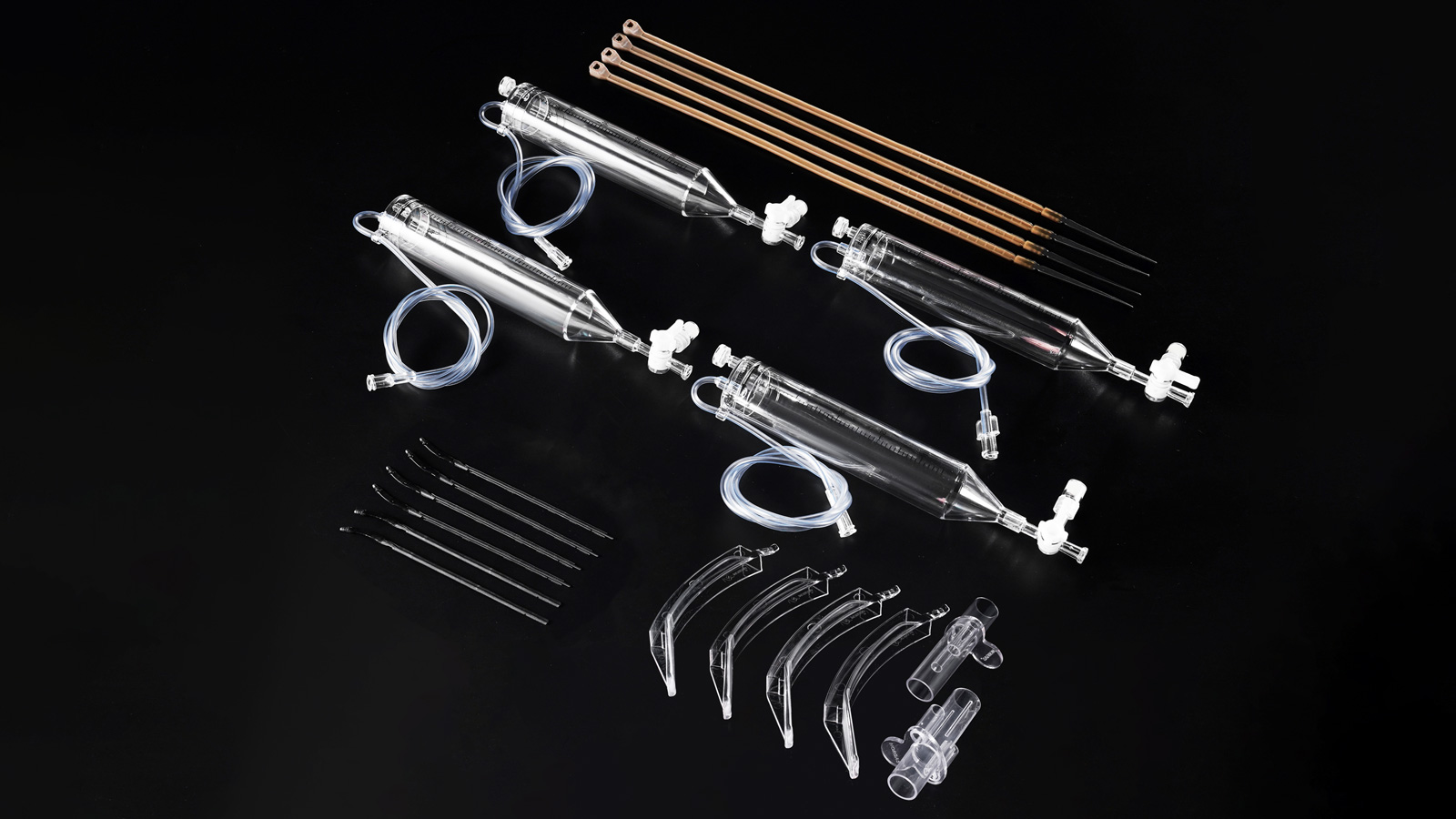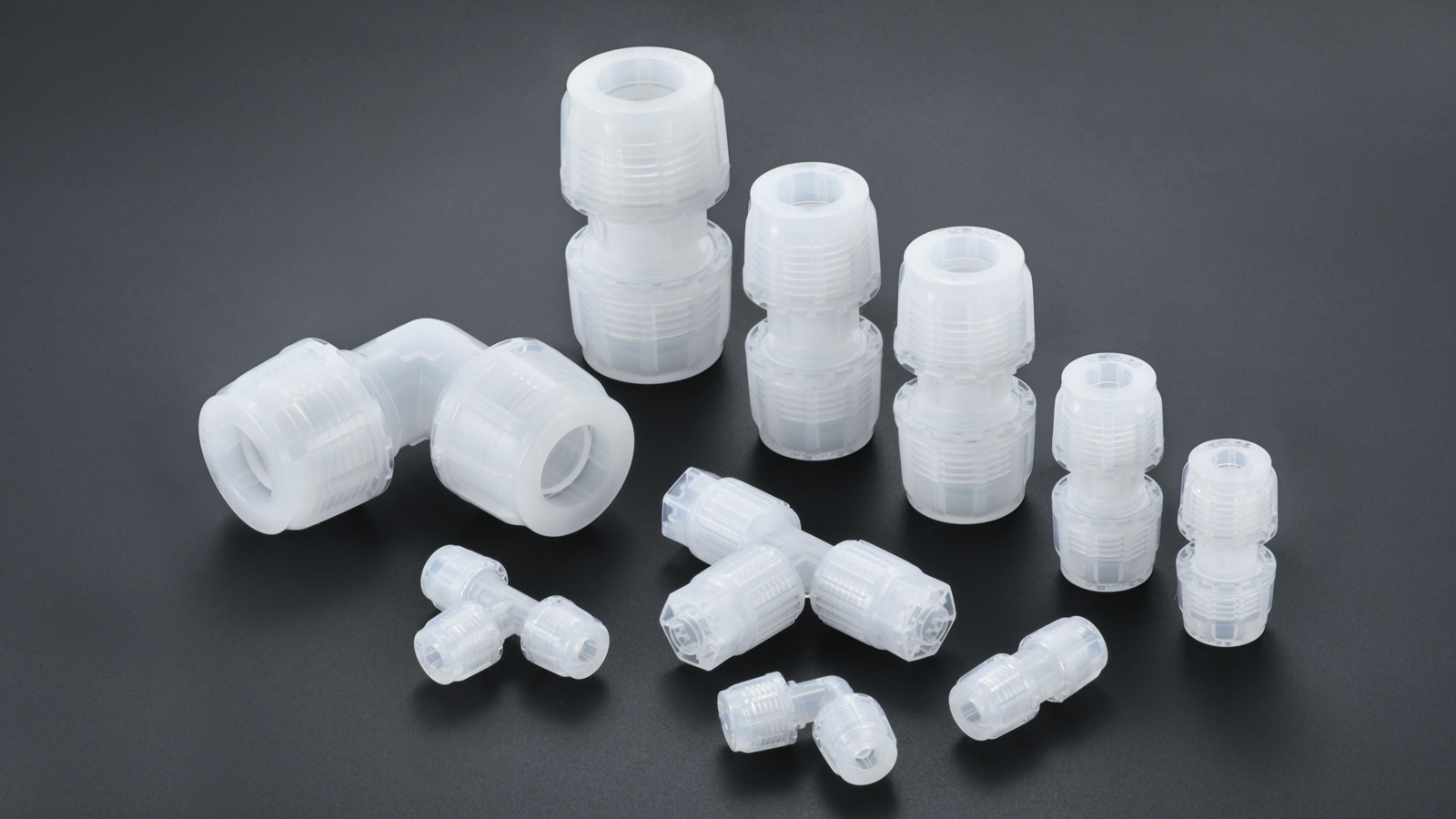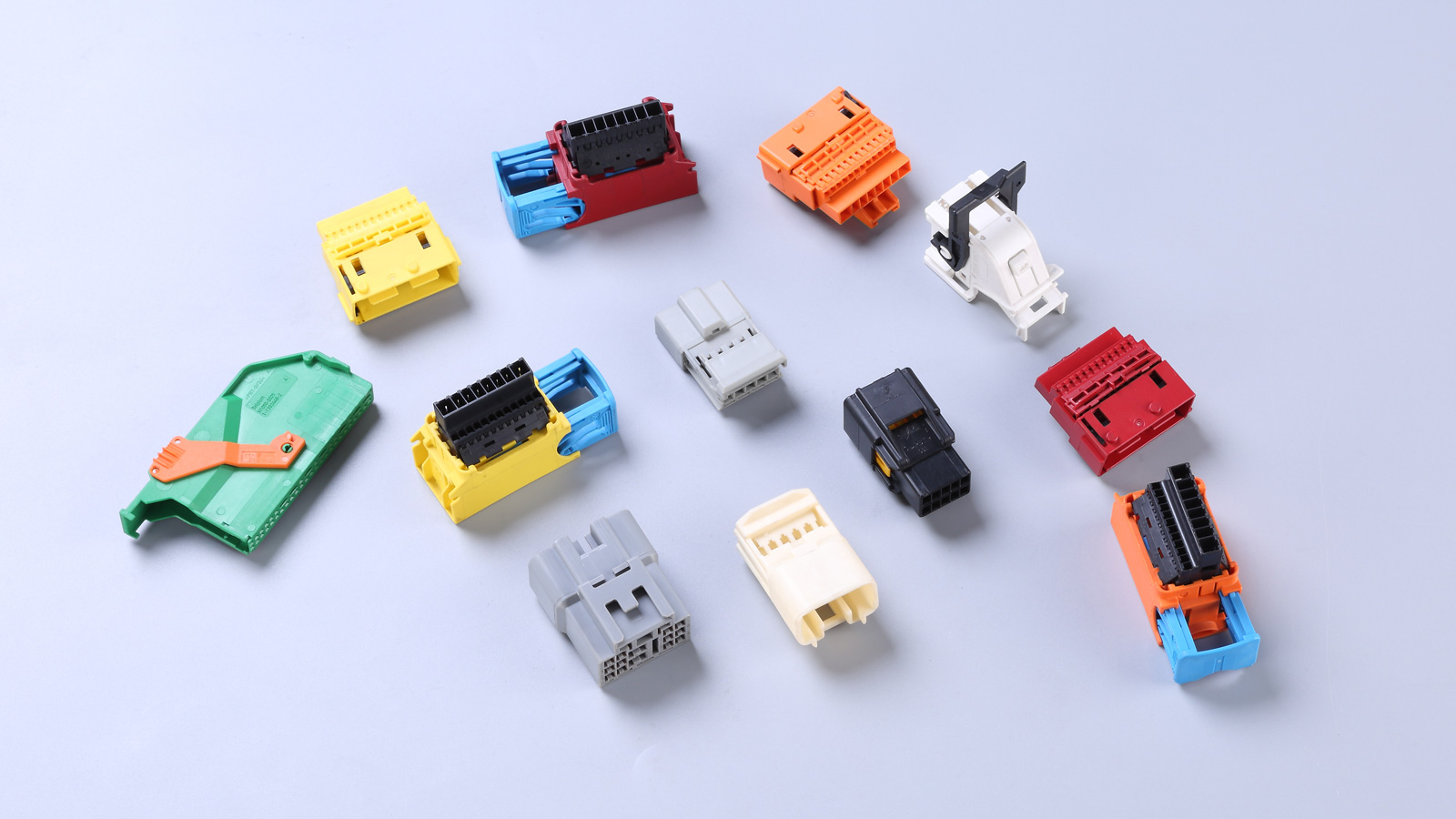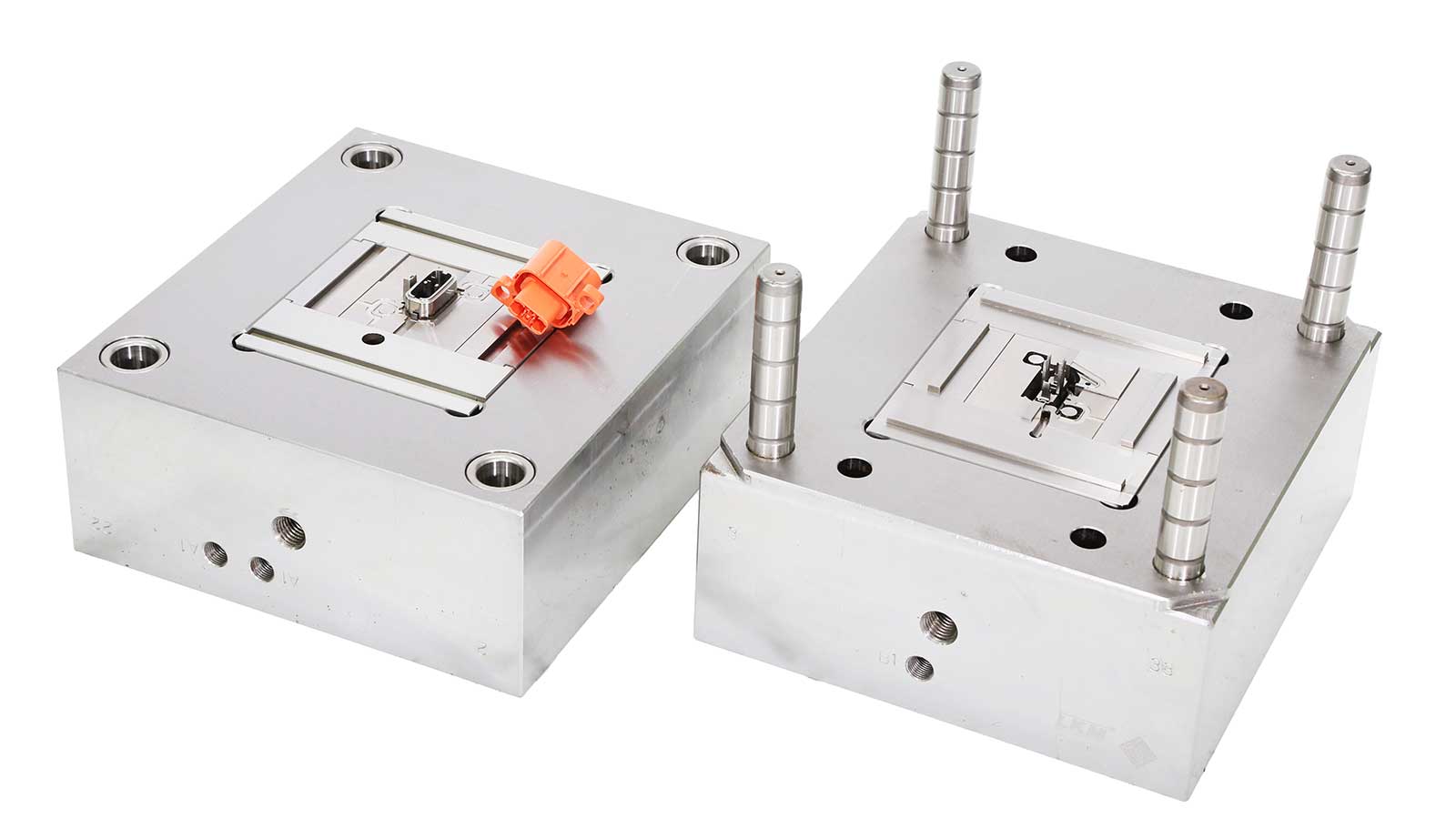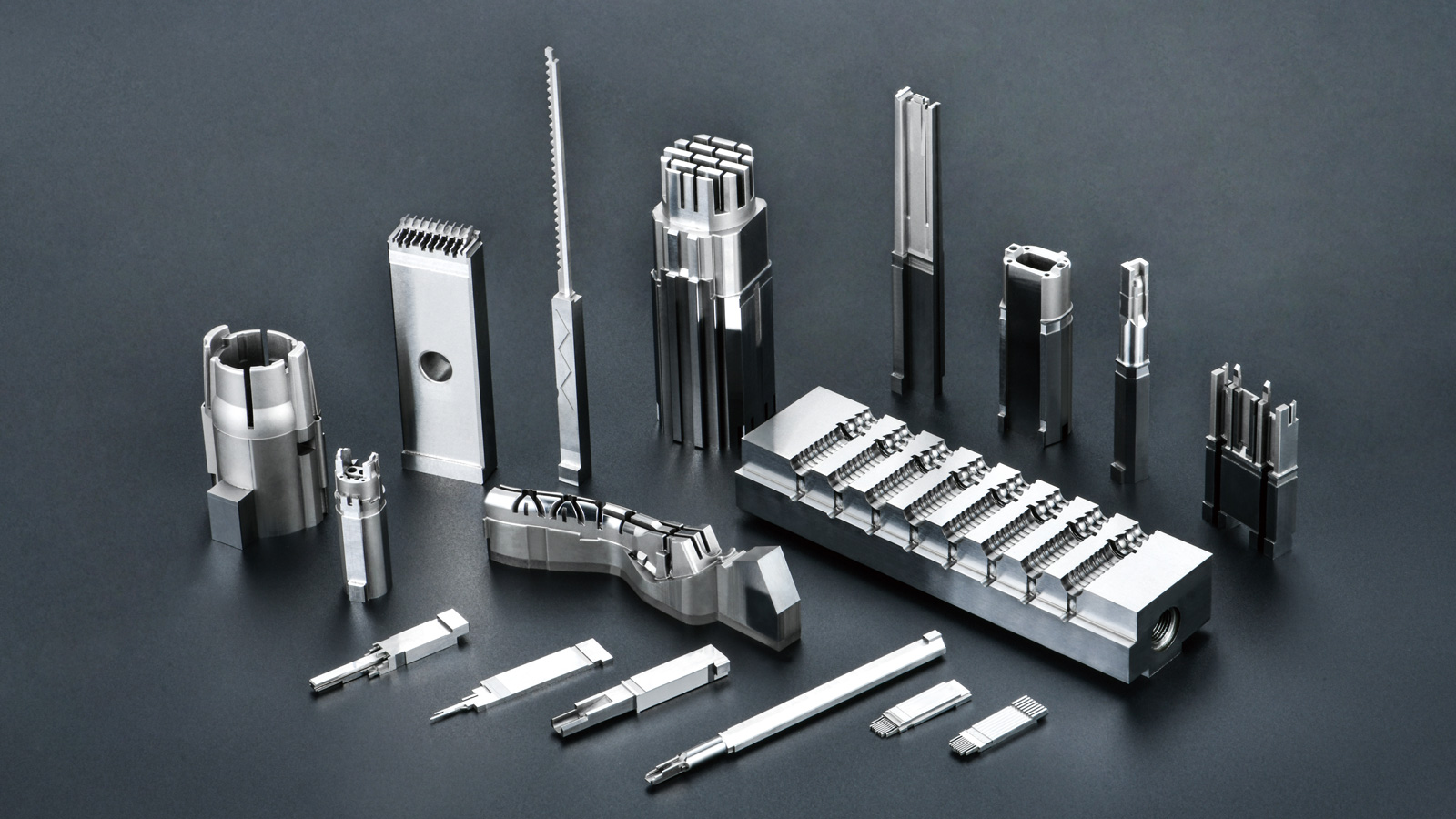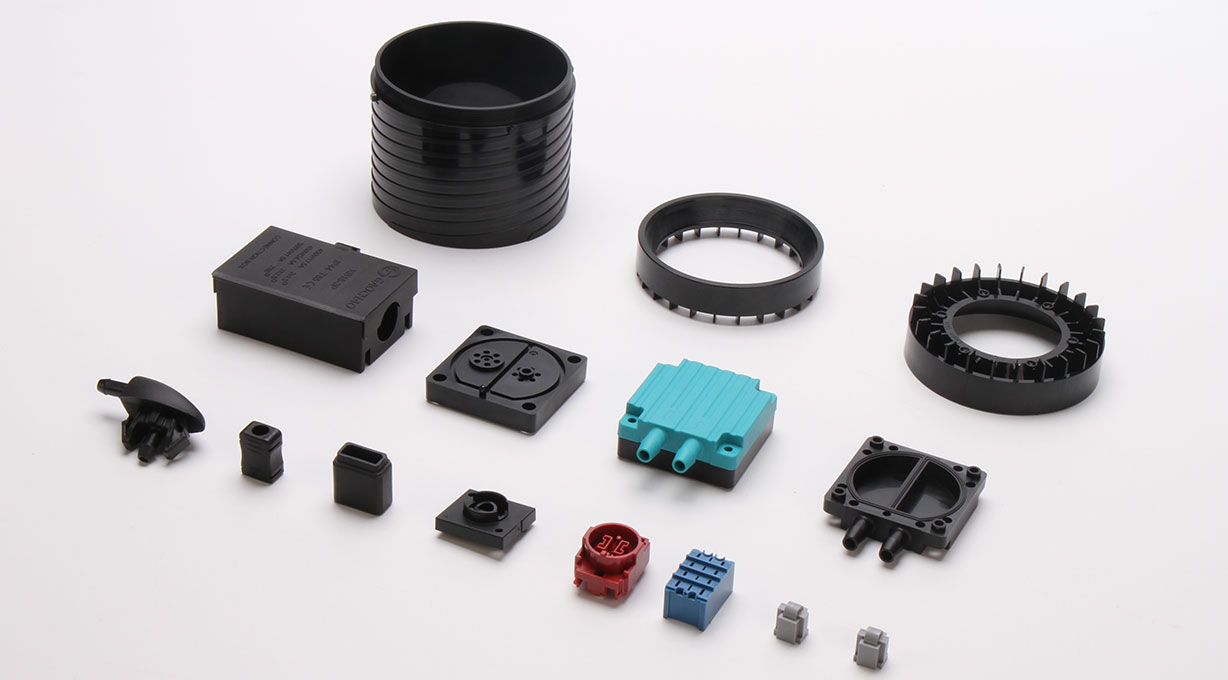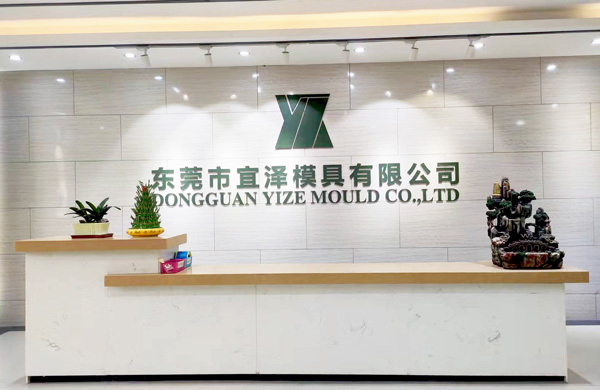In the realm of plastic product design, every detail is akin to a tiny gear in a precision instrument, intricately interconnected and of paramount importance. Even a seemingly insignificant “hole” design can have a profound impact on the final product’s quality. Therefore, when designing holes in plastic products, it is imperative to strictly adhere to scientific and rational design principles. Below, we delve into the crucial points to keep in mind during hole design.
1. Deep – Hole Demolding: Inclination for Smooth Ejection
Most holes in plastic products are directly molded. For deep holes, an adequate draft angle serves as the “secret weapon” in the demolding process. A sufficient draft angle can reduce the friction and adhesion between the product and the mold during demolding, allowing the product to slide out of the mold smoothly as if on a slippery track. If the draft angle is insufficient, the product may get stuck in the mold, leading to difficulties in demolding and potentially causing surface scratches, deformation, and other defects, severely compromising product quality. Thus, when designing deep holes, it is essential to accurately calculate and reserve an appropriate draft angle based on factors such as the properties of the plastic material, the hole’s depth, and diameter.
2. Depth Control: Balancing Function and Molding
The depth of holes in plastic products is not something that can be designed arbitrarily. Generally, there are clear limits on the depth of product holes. Usually, the hole depth should not exceed 8 times the diameter. For blind holes, a depth of 2 – 4 times the diameter is more suitable. This is because when a hole is too deep, the plastic melt encounters greater resistance when filling the hole, which can easily lead to incomplete filling, resulting in defects such as voids and air bubbles inside the hole. Moreover, during the cooling process of an overly deep hole, there is a significant temperature difference between the inner and outer parts, which can generate large internal stresses, causing the product to crack during use. Therefore, when designing the hole depth, it is necessary to fully consider the product’s functional requirements and the process characteristics of plastic molding to find an optimal balance.
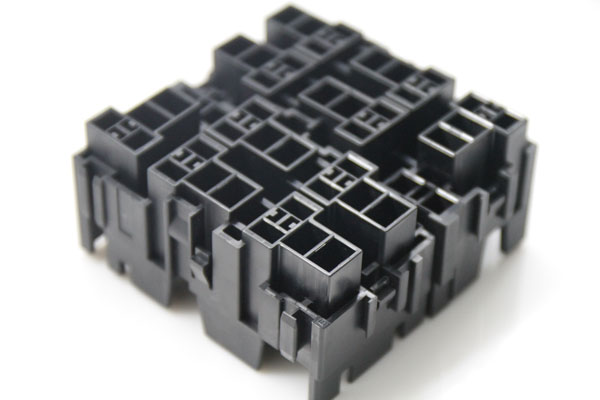
3. Weld Line Management: Skillful “Concealment” for Aesthetics
During the hole – molding process, due to the flow and confluence of the plastic melt within the mold, weld lines or flow marks often appear on the hole’s surface, which are commonly known as weld lines. These marks are like blemishes on a piece of fine jade, seriously affecting the product’s appearance quality. To address this issue, it is necessary to plan ahead during the product design stage. For example, a leather – grain texture can be designed on the hole’s surface. The texture of the leather grain can skillfully conceal the weld lines, making them less conspicuous. Alternatively, the frosting process can be used. Through special treatment, the gloss and texture of the hole’s surface can be altered to achieve the effect of concealing the weld lines. By using these clever design techniques, the product can maintain good functionality while also having an attractive appearance.
4. Boss Design: Reinforcing Structures for Stability
In plastic products, some holes serve the purpose of fixation or bearing forces, such as fixing holes for connecting other components or force – bearing holes. For these types of holes, the design of bosses or protrusions is particularly important. Bosses and protrusions are like a sturdy “armor” for the holes, significantly enhancing the holes’ strength and stability. They can increase the contact area between the hole and the surrounding plastic, distributing the forces and preventing the hole from deforming or breaking under external forces. Therefore, when designing these types of holes, it is essential to fully consider their stress conditions and reasonably design the shape, size, and position of the bosses or protrusions to ensure that the holes have sufficient strength to meet the usage requirements.
5. Hole Spacing Considerations: Maintaining Distance for Harmony
There are also strict requirements regarding the distance between adjacent holes and between holes and the edges of plastic products. Generally, the distance between two holes should not be less than 2 times the hole diameter. This is because if two holes are too close to each other, the flow of the plastic melt around the two holes will interfere with each other during the plastic molding process, leading to uneven filling and potential problems such as local insufficient strength and deformation of the product. Moreover, when two adjacent holes are extremely close, it is advisable to design them as elongated holes. The design of elongated holes can better coordinate the flow of the plastic melt, reducing stress concentration caused by the close proximity of the holes and making the product’s structure more stable and reliable.
The above are the key considerations in hole design for plastic products shared by Dongguan Yize Mould. We hope these insights can provide valuable references and assistance to friends engaged in plastic product design. If you have any other questions or want to delve deeper into issues related to injection molds and injection molding, please feel free to call our consultation hotline: 13302615729. Dongguan Yize Mould looks forward to exploring and advancing in the field of injection molding and molds together with you, tackling technical challenges and improving product quality!
